Mike Sime, Augsburg StepUP® program advisory board chair, talked with Paul Douglas on WCCO Radio Friday about the program’s foundation, success, and work to support other institutions in establishing recovery programs. Douglas called StepUP® a revolutionary program, as it currently is the largest residential collegian recovery program in the U.S. The program is dedicated to students in recovery from drug of alcohol abuse and provides a sober living environment and counseling.
“I look at it as a parent. If you have a student who is newly in recovery, has been sober and now you think about sending them off to college, that would be my worst nightmare, so to have a safe and supportive environment that they can come to that is clean and sober with other students, it really makes sense and creates an unique environment,” expressed Mike about the importance of having such program.
The program began after a student in recovery shared his need for a sober environment, explained Mike. The student expressed that his experience would have been easier if he had a community who was also in recovery with him. Augsburg made the commitment to develop StepUP® and through it, the program has helped over 750 students in 20 years.
Listen to the full story beginning at 16:40 on the Paul and Jordana Show website.

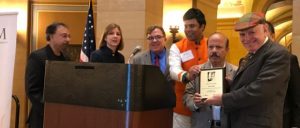
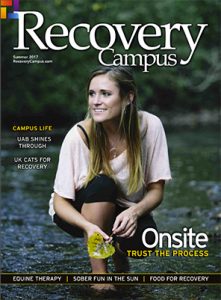 As Augsburg’s new executive director for recovery advancement, Patrice Salmeri will work to reduce stigma associated with substance use disorder recovery, inspire additional universities to provide recovery programs, and work with StepUP Program alumni, among other duties. Salmeri has led Augsburg’s pioneering StepUP Program for the past 15 years, and
As Augsburg’s new executive director for recovery advancement, Patrice Salmeri will work to reduce stigma associated with substance use disorder recovery, inspire additional universities to provide recovery programs, and work with StepUP Program alumni, among other duties. Salmeri has led Augsburg’s pioneering StepUP Program for the past 15 years, and 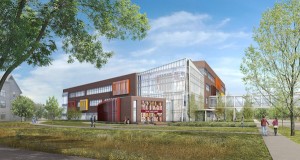
 This fall, Augsburg College hosted alumni, faculty, staff, and community members for an international travel experience that took participants to the Czech Republic and Germany, which is in the midst of a tourism boom accompanying the anniversary of the Protestant Reformation. The travelers visited Wittenberg, the long-time home of Reformation catalyst Martin Luther, and ventured to historic sites to learn about the origins of the Lutheran faith from Augsburg College Religion Department faculty members Hans Wiersma and Lori Brandt Hale.
This fall, Augsburg College hosted alumni, faculty, staff, and community members for an international travel experience that took participants to the Czech Republic and Germany, which is in the midst of a tourism boom accompanying the anniversary of the Protestant Reformation. The travelers visited Wittenberg, the long-time home of Reformation catalyst Martin Luther, and ventured to historic sites to learn about the origins of the Lutheran faith from Augsburg College Religion Department faculty members Hans Wiersma and Lori Brandt Hale.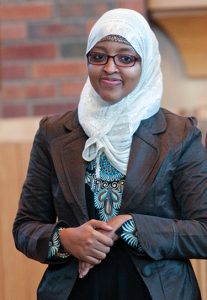
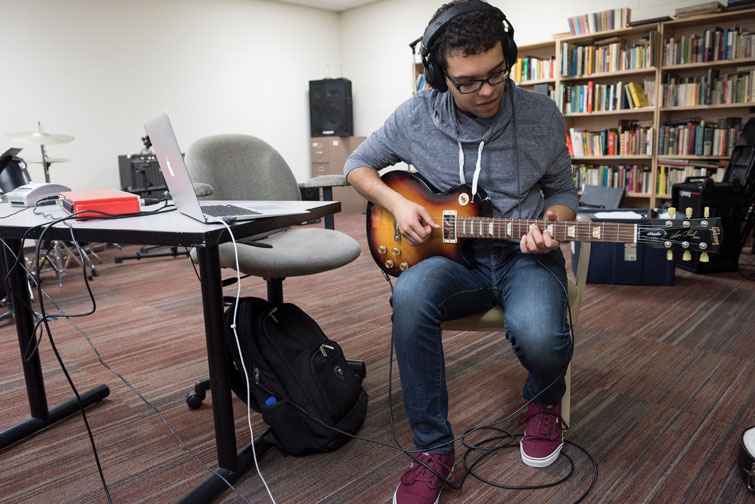 Augsburg College music therapy students created original compositions to help patients and families at the University of Minnesota Masonic Children’s Hospital get better sleep, and MinnPost recently featured the students’ collaborative endeavor.
Augsburg College music therapy students created original compositions to help patients and families at the University of Minnesota Masonic Children’s Hospital get better sleep, and MinnPost recently featured the students’ collaborative endeavor. “You’d never expect to find a leafy arboretum in a high-density, high-diversity, high-traffic neighborhood,” says MinnPost writer Jay Walljasper. “But that’s exactly what Augsburg College is planning for its unmistakably urban campus in the heart of Minneapolis, which borders Fairview Riverside Medical complex, the high-rise Riverside Plaza towers, two freeways, two light rail lines, busy shopping districts on Franklin Avenue and Cedar Avenues, plus one of the largest Somali communities outside of Africa.”
“You’d never expect to find a leafy arboretum in a high-density, high-diversity, high-traffic neighborhood,” says MinnPost writer Jay Walljasper. “But that’s exactly what Augsburg College is planning for its unmistakably urban campus in the heart of Minneapolis, which borders Fairview Riverside Medical complex, the high-rise Riverside Plaza towers, two freeways, two light rail lines, busy shopping districts on Franklin Avenue and Cedar Avenues, plus one of the largest Somali communities outside of Africa.”